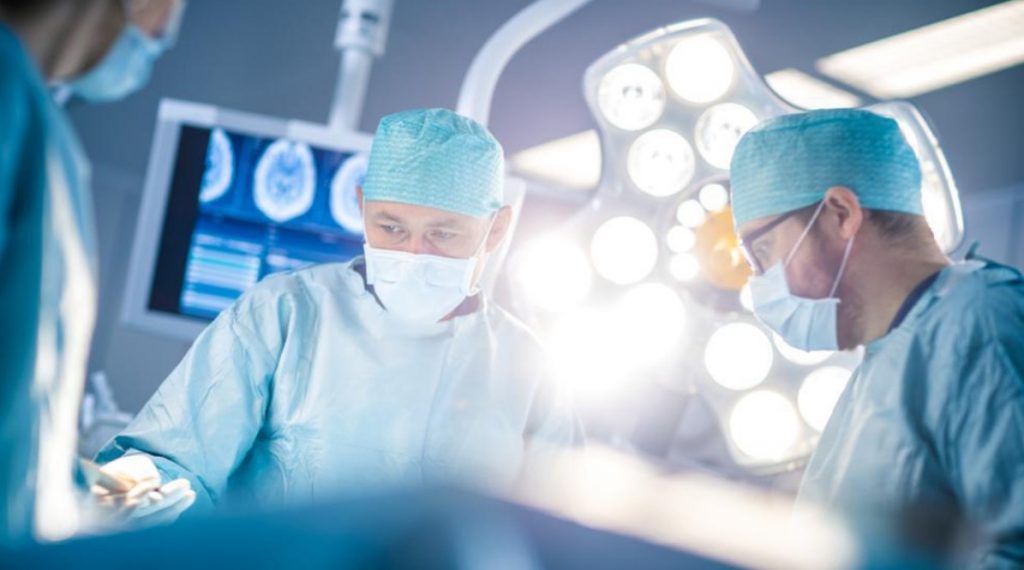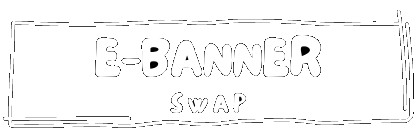The cholecystectomy is the surgical removal of the gall bladder (gall bladder) inflamed by the presence of gallstones, hard pebbles formed by salts and cholesterol that block the passage of bile.
The gallbladder is a small sac placed under the liver that stores bile, a liquid produced by the liver and needed to digest fats.
Cholesterol and salts can aggregate and form stones that obstruct the passage of bile, causing inflammation of the gallbladder.
The removal of the gallbladder in the presence of stones is the only remedial therapy, as the dissolution of the stones obtainable with drugs or the simple removal of the stones does not prevent them from reforming.
Functions of The Gallbladder
Its task is to collect and store the bile produced by the liver, concentrating it and pouring it into the intestine after meals, especially fat, to promote digestive processes.

The gallbladder, therefore, is not a vital organ and patients undergoing cholecystectomy can resume a normal life. Only in the first days or weeks after the operation, some subjects complain of digestive problems (diarrhoea).
Which are easily controlled through appropriate drugs; recovered the intervention can persist a digestive intolerance to particularly abundant and high- fat meals, as well as gastro-oesophageal reflux phenomena.
Gallbladder Stones: What Are the Symptoms?
In the presence of gallbladder stones that require surgery, pain and weight sensation are felt in the upper and right side of the abdomen, which often radiates to the back and right shoulder. Acute and sudden, it indicates colic from cholelithiasis ( gallbladder stones ).
It is a very frequent pathology, the origin and cause of which is not yet fully known. Intense and obstinate disorders can only lead to a surgical indication. The operative risk today is very low, and after the intervention, which involves the removal of the gallbladder (cholecystectomy), the pain disappears, and you can resume a life almost normal.
What Are the Pros and Cons of Cholecystectomy?
Cholecystectomy is the only remedial intervention in case of gallstones. The simple removal of the stones does not prevent them from reforming over time.
This option becomes necessary in the presence of acute inflammation of the gallbladder (cholecystitis), even without stones, and of the pancreas. Pancreatitis is caused by the obstacle to the outflow of bile into the pancreas due to a calculation that has become wedged in the common bile duct.
Is Cholecystectomy Painful or Dangerous?
The surgery is performed under general anaesthesia. The patient does not experience any pain while performing. Upon awakening, abdominal pain, localized in the wound area, can be accused, and as a result of anaesthesia, headaches, confusion, tiredness, nausea, and vomiting generally occur.
Cholecystectomy, like all medical interventions and in particular surgical ones, can have unforeseen consequences, even if very rare (organ lesions, infections, haemorrhages, deep vein thrombosis). The risks associated with general anaesthesia (drug reactions, respiratory problems) should be included.
Surgical Technique
The elective procedure for the removal of the gallbladder is laparoscopic cholecystectomy, which for several years has largely replaced the open-air surgical procedure, called an open cholecystectomy.
The advantages of the laparoscopic technique are important, both in terms of health costs and in terms of benefits for the patient. Not surprisingly, it is known to be a minimally invasive surgical technique.
Laparoscopic Cholecystectomy
Preparation
Before the operation, the subject must undergo a series of tests to establish physical fitness for the laparoscopic cholecystectomy. For this purpose, blood tests, an abdominal ultrasound, and a general anaesthetic evaluation are performed to investigate the patient’s clinical history given anaesthesia and surgery.

During the preparatory phase, the doctor will also investigate the possible use of drugs that could be suspended given the cholecystectomy. For example, if the subject takes anticoagulants ( Coumadin, sintrom ) and antiplatelet agents ( Plavix, Aspirin).
It is generally necessary to discontinue therapy from 5 to 7 days before surgery of cholecystectomy, replacing them with a suitable dose of heparin at low weight molecular ( enoxaparin or similar).
A couple of days before laparoscopic cholecystectomy, a preoperative endoscopic retrograde cholangiopancreatography (see below) may be required, through which calculations localized in the common bile duct are sought and possibly removed.
Before surgery, – unless otherwise prescribed by medical prescription – abstention from drinking and food is required for at least 6 hours before surgery; in the days that proceed, intestinal cleansing may also be required through the use of osmotic laxatives. Personal hygiene is also important, so much so that some centres suggest cleansing with special antibacterial soaps.
Before the operation, they are administered antibiotics for intravenously, in order to break down the risk of infection. Once the patient has been anaesthetized, the skin of the abdomen is thoroughly disinfected with an antiseptic solution: the cholecystectomy can then begin.
The prophylaxis of deep vein thrombosis can be carried out by the administration of heparin, low molecular weight, or the use of elastic stockings for the graduated compression of the lower limbs.
Who Is It Suitable For?
The doctor may decide to perform a laparoscopic cholecystectomy in the presence of gallbladder and biliary tract stones, and related complications. In particular.
The surgical intervention is indicated in the presence of symptomatic gallbladder stones (presence of gallstones in the gallbladder accompanied by episodes of biliary colic or other typical symptoms ), choledocholithiasis (presence of gallstones in the common bile duct or the common bile duct).
Cholecystitis ( gallbladder inflammation with distension of the gallbladder due to local accumulation of water, mucus – hydrops – and possibly pus -empyema ), obstructive pancreatitis (inflammation of the pancreas due to the presence of stones in the choledochus, such as to prevent the correct outflow of pancreatic juice into the intestine ).




